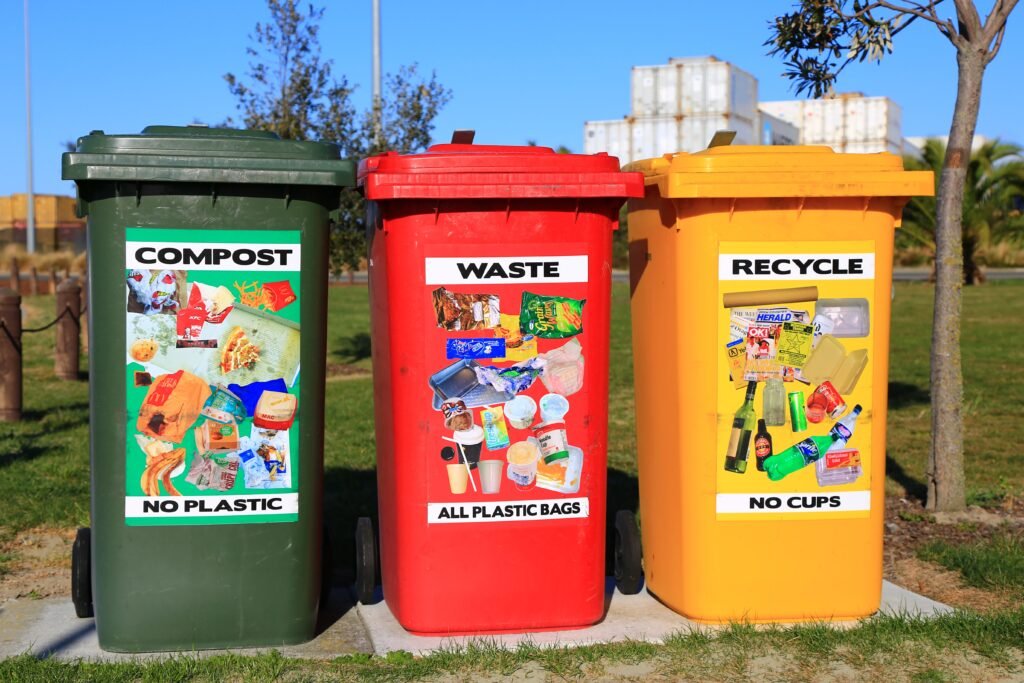By Vishaal Shah, Growth Director, EnvoPAP
Over the past two decades, recycling has come of age. The image of zero waste and recycling everything, is the idea that is on many common people’s minds. But is that pure feel good image the right image?
As the world sustainability leaders gather in Paris later this month to work out the gritty details of managing plastic pollution and waste, a question that has been burning in my mind is “How is waste recycled in the developing countries of Africa, Asia and South America?”

Looking back at my childhood in Kenya and my adult life in the UK, the contrast is quite clear. In Kenya, there was no formal recycling. We used to separate out the paper, metal (tins) and plastic into separate boxes and sell them to the numerous waste collectors that came around, usually on a Tuesday or a Thursday (the day before municipal bin collection days). The entrepreneurial waste collectors dressed in the dirty torn overalls and many times with holy shoes or foot coverings (made of a mix of clothes, rubber and plastic salvaged from the various bins and rounds), were generally more regular and reliable than the municipal common bin collectors.
What happened to the sold waste wasn’t very clear, but it was generally understood that it ended up in the Kenyan “jua kali” industry (defined by the International Labour Organisation as “informal sector of traders and small business owners running shops on the street or in open market spaces.” – https://www.ilo.org/global/programmes-and-projects/prospects/countries/kenya/WCMS_833562/lang–en/index.htm)..

As the Paris International Forum to End Plastic Pollution in Cities on 26th May 2023 approaches, I am actually questioning my choices around recycling – who does the recycling?
Let’s start with the easiest – Paper. Most countries in the world now have some sort of recycling facilities, with many being able to process and recycle a significant amount of waste paper is recycled – almost 70% of paper, and over 90% of corrugated cardboard. The rest it seems, biodegrades with a relatively short end of life in the open environment.
Metal recycling – owing to the ease of separation in the waste stream and the higher market value of metals is also very high globally.
However, statistics from the US, which has one of more comprehensive datasets has cause for alarm in the recycling rate of plastic and glass. Glass, despite the ease of recycling and endless use of recyclable materials and lower cost of using recycled glass compared to creating virgin glass is only recycled a third of the time, most likely due to poor infrastructure for glass collection and separation. https://www.ecowatch.com/recycling-stats.html
Plastic causes the greatest alarm. The Organization for Economic Co-operation and Development (OECD) stated that in 2019, 460 million metric tonnes of plastic were used, while the amount of plastic waste has risen to 353 million metric tonnes. Of this waste, only 9% was recycled, while the rest went to landfill or was incinerated.
https://www.voanews.com/a/percent-of-plastic-worldwide-is-recycled-oecd-says-/6455012.html

Having thought deep and hard about this, given the lack of credible and transparent information around what happens to collected recyclable plastic – how can so little of plastic be recycled when so much is put into recycling bins? – I have concluded that there are 3 things I am going to be doing personally to minimise my impact on the environment:
- Minimise plastic and complete ban of disposable plastic. I have already stopped using plastic bags, and the next step is to buy food without plastic packaging where possible. I need to assume that none of the plastic that I put into the recycling bin, will be recycled. If you feel this is not true, I would love to hear from you – contact us on our linkedin page.
- Reuse Glass – Many organisations now collect glass bottles for repacking and sometimes you can get paid for your waste in some countries. My personal objective is to take my own containers for any refills and takeouts, and I am grateful to the many restaurants that now accept personal containers for takeaway of food.
- Buy products packaged in Cans instead of bottles or plastic. This mainly applies to beverages, but can also apply to foods.
It seems that despite all the hype of Net Zero targets, the only way we will all be able to hit Net Zero targets is if we each take personal responsibility and do our bit to contribute to the goal.
If there any any other hacks that you have come across, please share them on our pages (LinkedIn, Twitter, Instagram, Facebook). If you think that the information above is not true, please share independently verified information around the recycling ecosystem on our social media handles.









